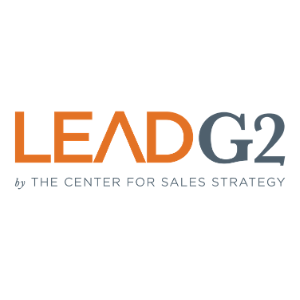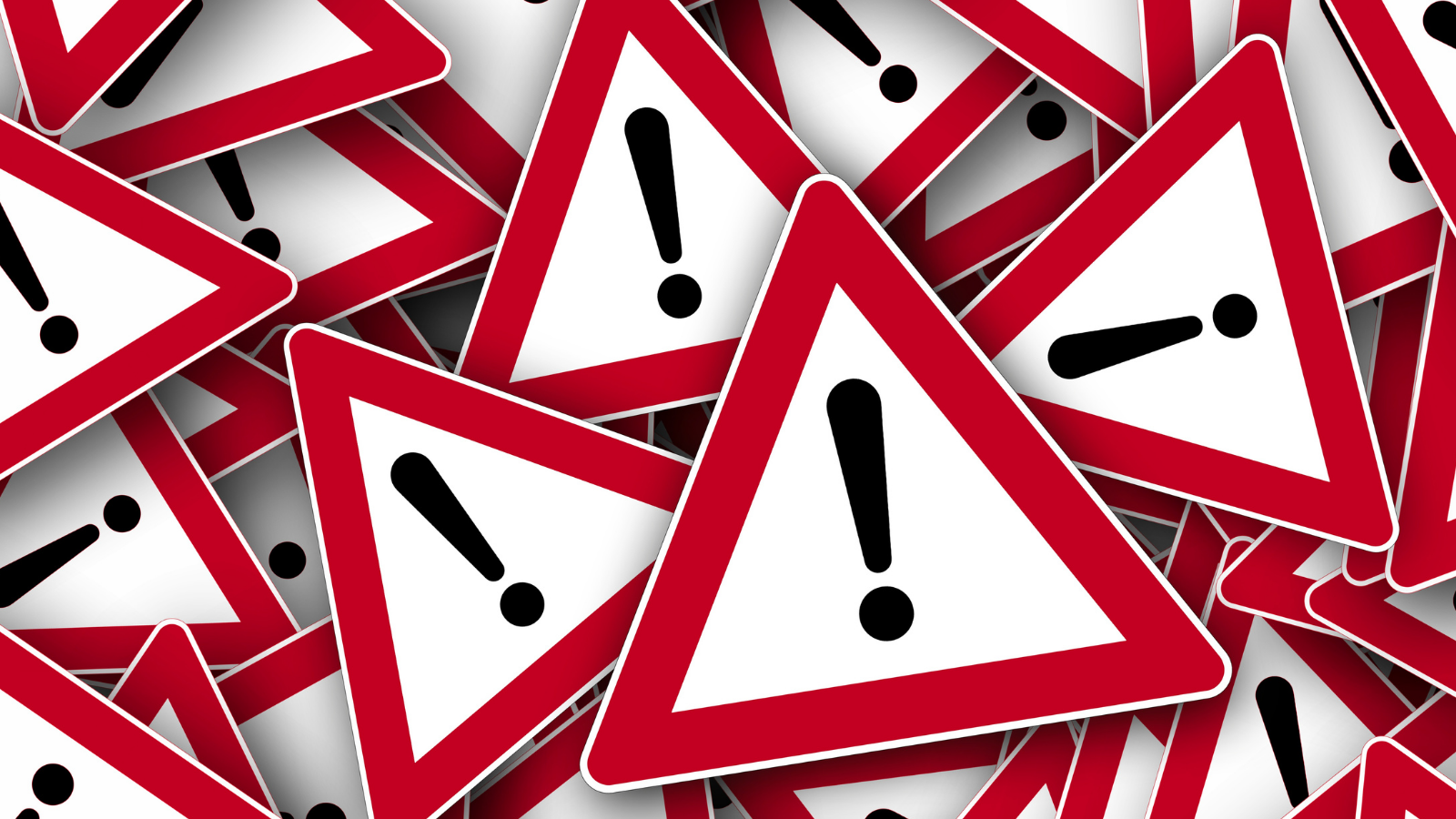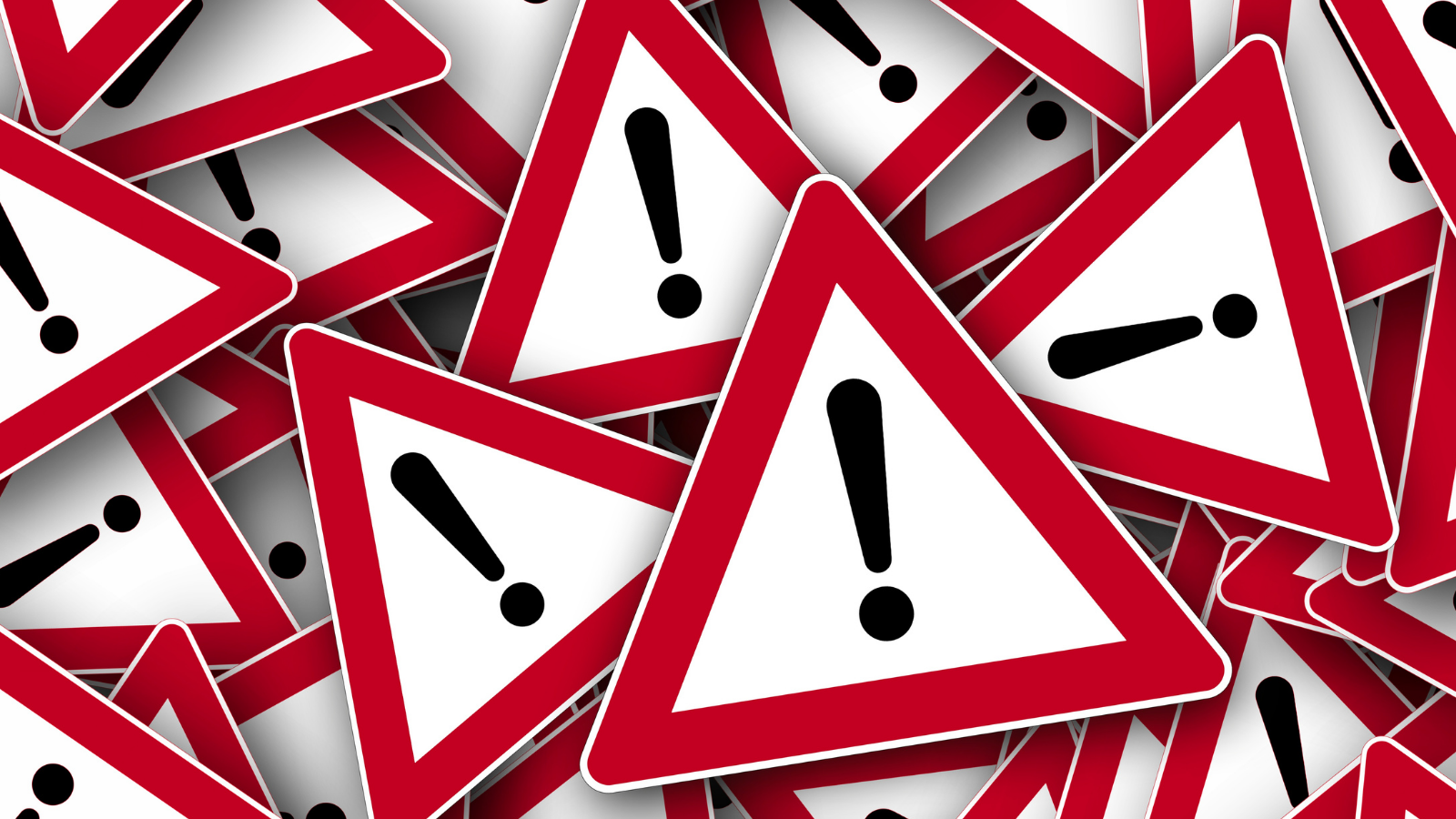Include These Items in Your Content Marketing Strategy During COVID-19
There’s no rule book or history to rely on that tells us where our content marketing efforts during COVID-19 will take us in future endeavors. Data...
3 min read
 LeadG2
:
December 21, 2021
LeadG2
:
December 21, 2021


More and more B2B companies are jumping on the content marketing bandwagon.
91% of B2B marketers reported that their companies blog or use other forms of content marketing (GrowthBadger, 2021). However, research also shows that nearly half of B2B companies say they have a content-marketing strategy, but don't document it.
If you’re pumping out content but not recording and nurturing leads, you can't say you have a content marketing strategy! You can only say that you have content. If you’re investing in content marketing and not documenting it, how do you know what’s working and what isn’t?
How are you engaging with your potential leads? Furthermore, where’s the ROI?
It takes time to plan and document a content marketing strategy, but it also takes a lot of time to produce content, which goes wasted without the planning and documentation steps.
If we break it down:
Marketing = the relationship between a company and its consumers. If you’re not reaching back to them, it’s not a relationship. Unfortunately, the relationship part of content marketing is crucial in order for it to be effective.
Strategy = the master plan. Simply pumping out content without harnessing its lead power is NOT a plan; it’s livin’ on prayer.
Good intentions with content marketing can only get you so far. In order to be effective, you need a strategic plan and KPIs to track along the way. In fact, content marketing should be part of an overall inbound marketing initiative.
What’s the difference?
An inbound marketing plan encompasses the entire process of attracting prospects through content. This includes strategic planning, distribution of content, and capturing, nurturing, and conversion of leads.
This is who all of your content should be geared towards. Know them, their buying habits, their questions, concerns, and address them through your content. If you don’t, you’re already starting out on the wrong foot by wasting time and missing out on quality leads and customers. Research is key.
If you aren’t 100% sure of your target persona, learn more here.
Part of creating solid documentation for a strategy are key performance indicators (KPIs). These data points paint a clear picture of how the organization performs and how they should move forward.
For a detailed list of marketing and sales KPIs to track, visit this blog.
Blog post topics that address the needs of your ideal customer
Premium content pieces for each stage of the buying process
A keyword strategy
Invite current customers to check out the blog
Have your internal team share the content
Share on social media sites (and make sure you have social media profiles set up on each network where your target persona can be found).
Make sure your posts are optimized for search engines
Use blog subscriptions, premium content and anything else that makes sense for your business to capture the information of prospects. This is where landing pages and contact forms come in. If you don’t have them, you’re missing the point of capturing leads.
Understand that not everyone will be ready to buy. This is a good thing! You want to catch them early in the process before they’ve made a decision. (If they are ready to buy, have a system in place for those prospects, too.) You’ll need to create additional offers and content to help nurture leads until they are sales ready. Engage with them. Set up lead nurturing campaigns.
After you’ve cultivated leads through the buying process, you’ll want to have separate offers and plan of approach in place for when they are ready to buy.
Once they’ve turned into customers, turn them into loyal, raving fans.
If you’re one of the B2B companies participating in content marketing, kudos to you!
If you’re part of the group without a plan for your content marketing, you’re half way there – but you can’t stop. You must plan and document if you want to be effective and accomplish your business goals. The good news is – with more and more clutter being pumped out, being strategic will set your business apart and help you capture leads that others are leaving to chance.
*Editor's Note - This blog has been updated with relevant information and statistics.

There’s no rule book or history to rely on that tells us where our content marketing efforts during COVID-19 will take us in future endeavors. Data...

You want to start a B2B blog for your TV or radio station because you know it’s a way for your team to stand out as thought leaders, generate sales...

From independent entrepreneurs to sales managers, your B2B consumers see an average of over 5000 ads a day. Typical marketing channels can often...